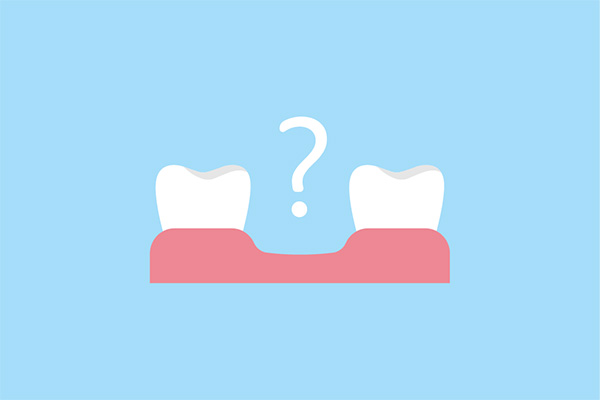How Long After Implant Placement Can You Have a Dental Implant Restoration?

Getting a dental implant restoration after losing a tooth is perhaps one of the best decisions individuals can make for their smiles. After the implant is placed inside the jaw, the next step is to fix a permanent artificial tooth over the implant. The final restoration will look relatively natural, thus making it difficult to tell the difference between the restoration and the natural teeth.
There is a time-lapse between the implant placement and the placement of the final restoration. This period is when the jaw is expected to heal around the implant. Once healed, the dental implant restoration can be placed.
The integration process after implant placement
After implant placement, the jaw goes through a process known as osseointegration, which basically means that the implanted titanium root is integrating with the bone. The bone will recognize the titanium as the new tooth root because it is a biocompatible material.
The implant will usually be protected with a temporary crown or a healing cap until the site heals fully enough to get the permanent dental implant restoration. Leaving the implant area uncovered might expose it to bacteria and food debris that might cause infection. Temporary prosthesis will be slightly smaller than the rest of the teeth since the implant cannot handle the weight of chewing yet. Its presence is just to avoid a gap in the smile.
The healing period depends on the patient. Some people heal quickly and will be ready to have their dental implant restoration in just a few months. However, for some, it may take six months or more. For those with preexisting conditions like diabetes that may inhibit fast healing, final crown placement may take a bit longer. It is only after the bone fuses with the implant that the restoration process can be complete.
So, the time that passes between the time of implant placement to the dental implant restoration depends on the following factors:
- The rate of healing
- The number of implants placed
- The type of teeth involved
On average, it can take between three to six months of healing before a dental restoration can be attached to the implant site. The time may take longer if the tooth functions for heavy chewing.
The dental implant restoration process
Multiple appointments are necessary ahead of the permanent crown placement. During the visit, the dentist will examine the jawbone and gum to ensure proper healing. Impressions of the patient’s bite will be taken to produce the restoration. This ensures that the new crown fits and blends in with the rest of the teeth.
After the implant site heals and osseointegration process is complete, the permanent implant restoration will be attached via an abutment over the implant. Depending on the number of missing teeth and the patient’s preferences, a permanent crown that looks natural, a bridge or denture may be provided.
In conclusion
Between the impressions and the final production of the dental implant restoration, two weeks will elapse. Once the general dentist attaches the tooth prosthesis, you will have a brand new smile that should look natural and function without issues.
Request an appointment here: https://www.ohiocosmeticdentists.com or call Ohio Cosmetic Dentists at (614) 503-5240 for an appointment in our Columbus office.
Check out what others are saying about our services on Yelp: Read our Yelp reviews.
Recent Posts
There are many options for replacing missing teeth, but how can replacing missing teeth help your oral health? Replacing missing teeth is the best way to prevent tooth decay, gum disease, and jawbone deterioration. Options for replacing missing teeth are dental implants, dentures, or dental bridges. Choosing which option will work best for you depends…
Nobody wants to be searching for options for replacing missing teeth, but it’s good to be prepared just in case. Not only is a missing tooth an eyesore, but there is usually an underlying reason behind it. Mouth diseases such as gingivitis or accidents are generally the most likely culprits for losing a tooth. No…
Composite fillings are a common restorative material used to repair damaged teeth and restore their function and appearance. Patients frequently inquire about their lifespan and proper maintenance. Understanding how long these restorations can last and the steps necessary to care for them is essential for maintaining oral health and ensuring these fillings remain effective.Composite fillings…
If you are missing several teeth or all of your upper or lower teeth or even all the teeth in your mouth, you may be wondering, “What are my options for replacing missing teeth?” Full or partial dentures may be a good option for you. In this article, we’ll discuss what makes a good candidate…


